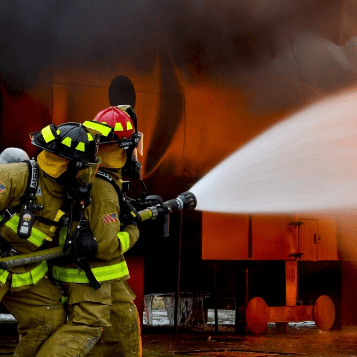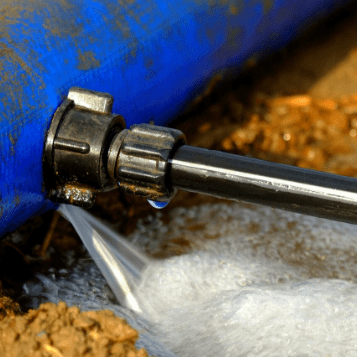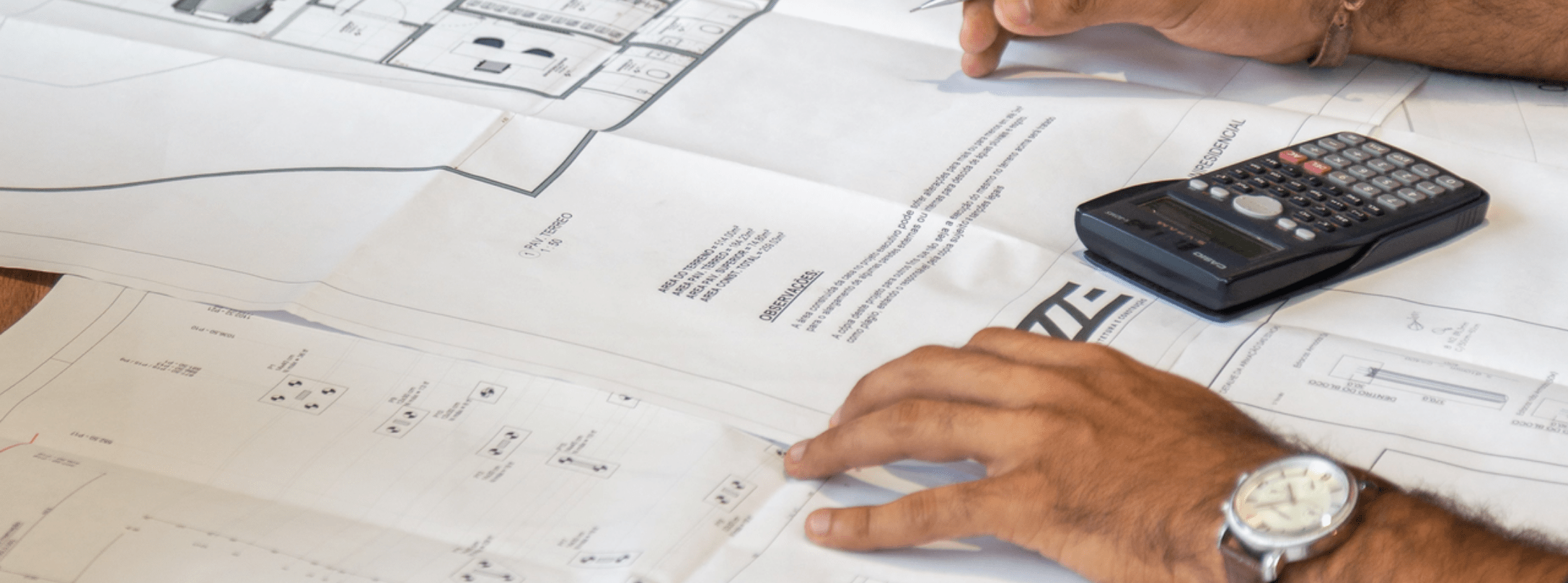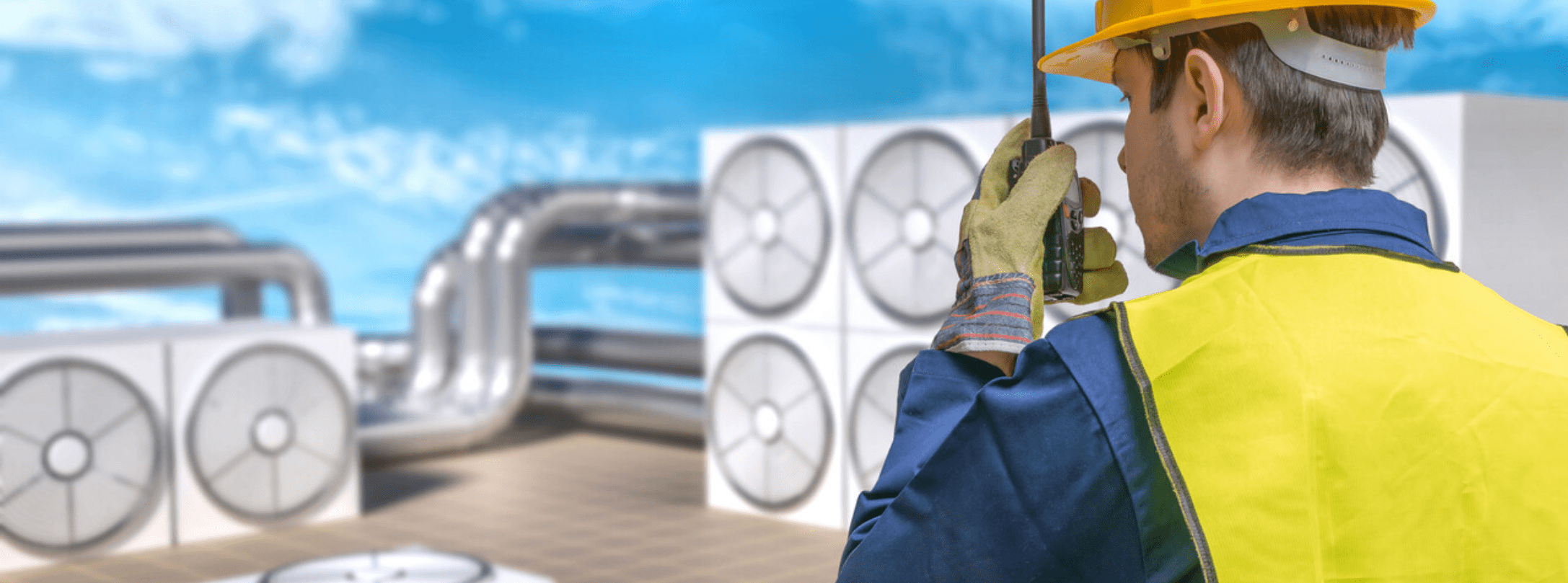We live in a world full of risks, and accidents and mishaps occur daily. This is especially true in commercial facilities. As the size and occupancy are multiplied, so are the risks involved. Setting up a proper proactive risk management plan can mean the difference between a run-down building and employees in danger and a well-oiled, functioning, safe location.
But what exactly is practice risk management, and how does it benefit commercial facilities? What are the steps? If you’re a commercial building owner, you need to know why these management plans are critical and how you can develop and implement one ASAP.
Proactive risk management involves identifying and avoiding risks before they occur. It is a plan devised to prevent, or at the least, alleviate the magnitude of particular risks.
Aside from being amply educated on how to prevent and reduce the effects of risks, proactive risk management provides a valuable return on time and resources by:
A term often associated with proactive risk management is reactive risk management. In proactive vs. reactive risk management, the difference is simple: proactive risk management is a plan that occurs before the emergency, while reactive risk management is a plan for what happens after the adverse event.
Both are fundamental for property risk management services. However, the more planning you invest in proactive risk management, the less likely you are to have to deal with a reactive risk management plan.
There are many prominent yet avoidable risk issues associated with commercial buildings. Knowing these risks can help you to mitigate future problems from developing within the structure.
Fires can occur without warning, whether due to an issue with the electrical system or other mechanical systems in commercial buildings. Electrical fires, one of the most common commercial property hazards, are almost always caused by faulty wiring. An unmaintained building HVAC system can also be a leading cause of fires in a commercial facility.
Automatic fire sprinkler systems are essential for commercial buildings. Prepare for the worst by properly installing automatic fire sprinklers throughout the facility.
Also, ensure that your commercial mechanical systems are serviced and maintained annually by a competent technician.

Gas Leaks
Another common yet avoidable risk for commercial properties is gas leaks. This can happen in two ways:
Water intrusion can come as a result of three common yet costly issues: damaged roofs, broken plumbing, and winter freezes.
A damaged roof will allow rain and snow to enter the interior, which will lead to extenuating destruction.
Broken plumbing, whether from broken pipes to leaky sprinkler systems, can also wreak havoc on the interior and structural portion of your building.
Last but not least, commercial buildings that are not prepared for extreme weather conditions can end up with frozen pipes. The ice formation inside the pipes will expand, potentially breaking pipes and valves. Ice can also cause obstructions, resulting in a lack of flow and/or water pressure.

Buildup of Oil-Soaked Rags
Some commercial facilities will acquire oil-soaked rags during operation. When not disposed of properly, they can cause fires relatively quickly. Having UL-listed rag cans is necessary to mitigate fire risks.
Improper Dust Collection
Another common cause of combustion is improper containment and disposal of dust. Commercial buildings should have a metal ductwork system in place that will confine and terminate dust on the facility’s exterior.
Whether it’s ensuring the roof is in tip-top condition or maintaining commercial HVAC equipment, maintenance is key to a safe and steady commercial building. A lack of maintenance – even at the most minor levels, such as keeping a clear working environment – can cause significant risks.

Lack of Basic Safety Awareness
Sometimes, things just happen, even with proper maintenance. But strategies for risk avoidance shouldn’t stop at the building itself; the individuals inside must also follow the proper precautions. For example, employees and/or tenants should be aware of how to dispose of combustible items properly.

To minimize and manage property risks in commercial buildings, a top-notch proactive risk management plan should be implemented. Here are the top four key elements to include in your plan:
Insurance
The first step is to ensure that your commercial facility is adequately insured with commercial property and casualty insurance. This will guarantee that you can recoup and recover in case of an emergency.
Professional Maintenance
The single best thing you can do for your commercial building is to have it maintained by professionals. Create a schedule to maintain all areas of your commercial building, from the roof to the paint to the industrial HVAC systems and commercial furnace. Professional maintenance will ensure that any potential problems are detected and resolved before a serious disaster occurs.
Periodic Monitoring
While maintenance is critical, commercial building owners should also monitor necessary equipment, like commercial heating systems. Commercial HVAC monitoring is crucial to ensure your system is functioning correctly. By monitoring your unit(s) at regular intervals, on a monthly or semi-monthly basis, you can discover odd noises, smells, or other concerns and swiftly resolve them before they escalate. This can help detect issues that develop between technician visits for HVAC maintenance for commercial buildings.
Education
Education is also a key element of proactive risk management. Ensure that your employees, tenants, etc., are adequately trained in all aspects of basic safety guidelines. For example, employees should know how to operate their equipment and dispose of hazardous waste correctly.

At Edison Parker, we know the importance of proactive risk management – especially when it comes to mechanical systems. We are the leading mechanical system repair and commercial heating and cooling services team in New York that you can feel confident in.
We’ve been around since 1997 and have continued to advance our skills, knowledge, and equipment to ensure our customers get the very best. We can help your proactive risk management efforts by providing the following services:
Edison Parker & Associates began over two decades ago as a sales and marketing company for mechanical parts, new units, and replacement parts. Our company sold – and continues to sell – top-of-the-line products ranging from pumps and blowers to roof fans and cooling towers.
As our company grew extensively to meet the demand of our customers, we added a full-line service company, complete with an expanded shop, service vehicles, and additional expert mechanics.
Throughout our 20+ years of service, we have never slacked on our commitment to quality and efficiency at an affordable price. We are always ready to meet our valued customer’s deadlines, solve emergencies such as those involved in commercial facilities, and troubleshoot mechanical system issues.
Got questions? We’ve got answers. Here are a few common questions regarding this topic.
What is the life expectancy of a commercial HVAC unit?
Most commercial HVAC units will last anywhere between 10 and 15 years with proper maintenance.
How do you know when to replace your commercial HVAC system?
There are a few key indicators that let you know it’s time to have your HVAC system replaced. The first sign is inconsistent temperatures, even when the thermostat is set to the same degree. Secondly, you may notice poorer air quality emitting from the unit. Thirdly, you will likely need to have HVAC repairs done more regularly to parts of your system, which can become quite costly and cumbersome.
Proactive risk management is vital for commercial buildings and can reduce the disastrous effects of emergencies, such as a fire or gas leak. The best thing to do is ensure your employees/tenants are adequately educated, regularly monitor your location, and have a maintenance plan in place.
Edison Parker is here to help with your maintenance and replacement needs. Give us a call today!